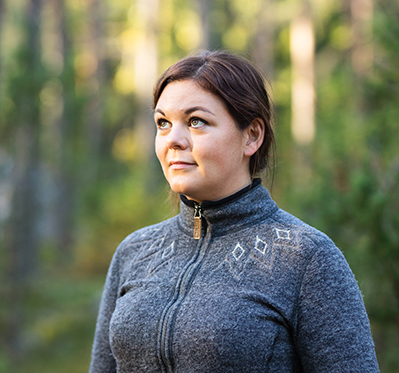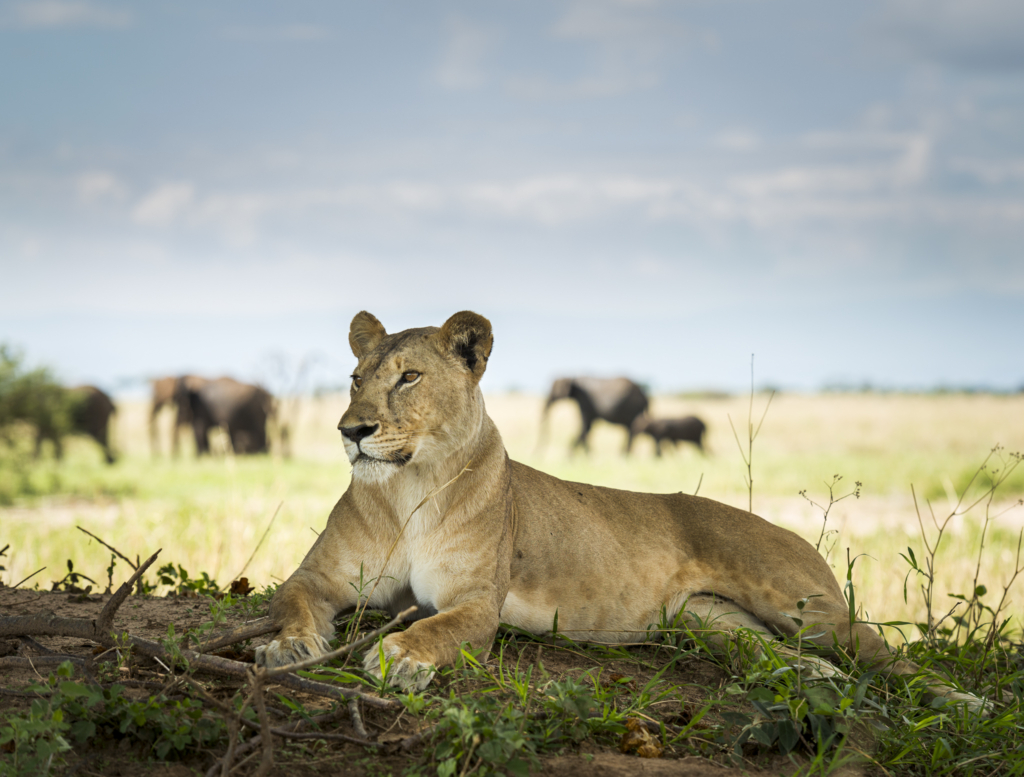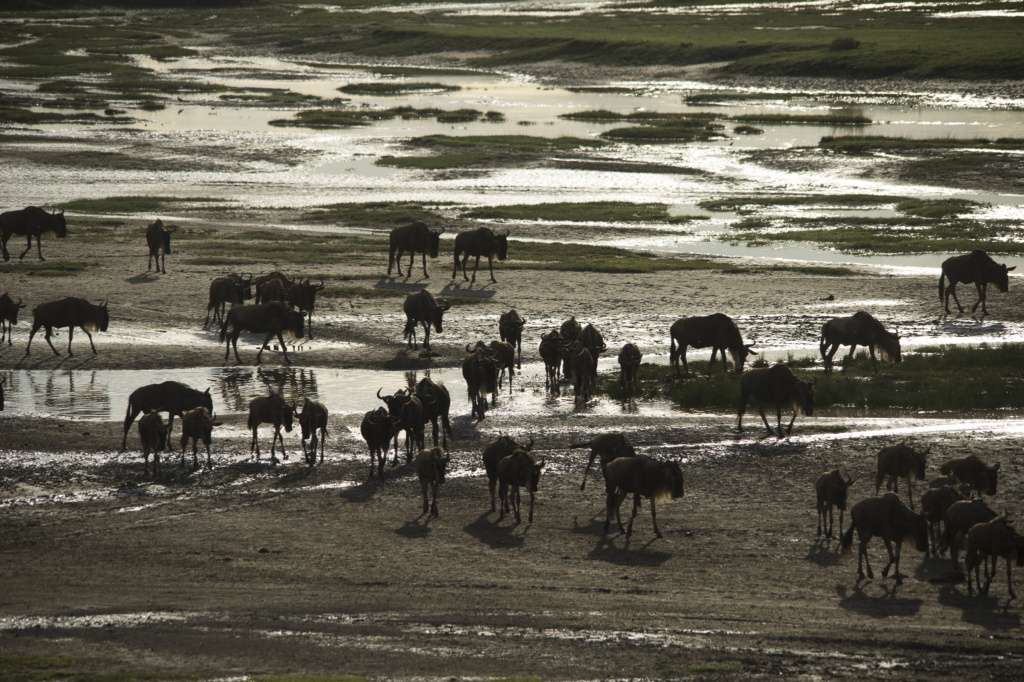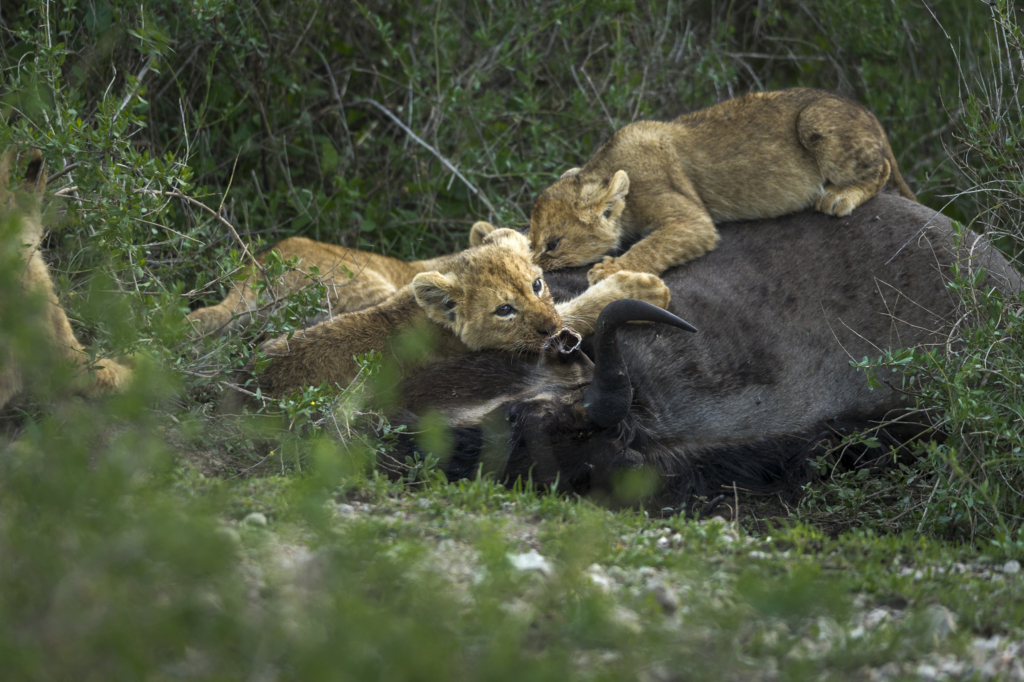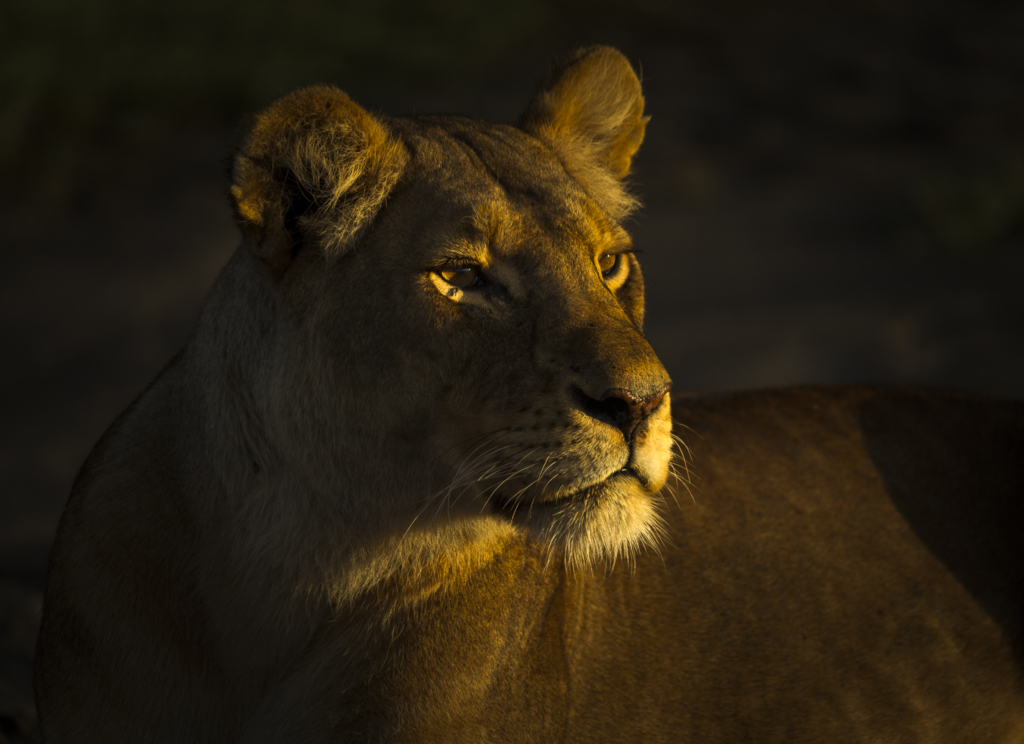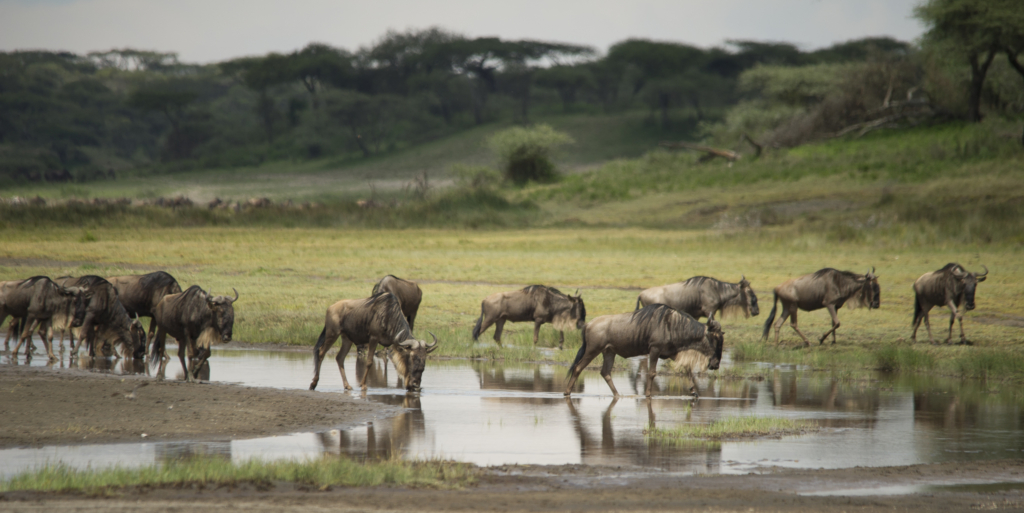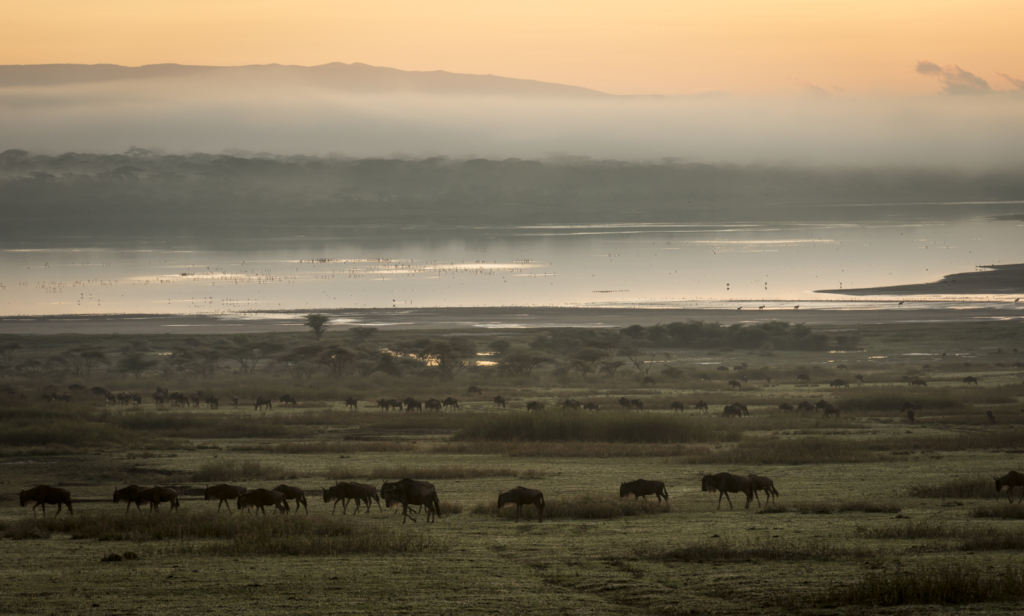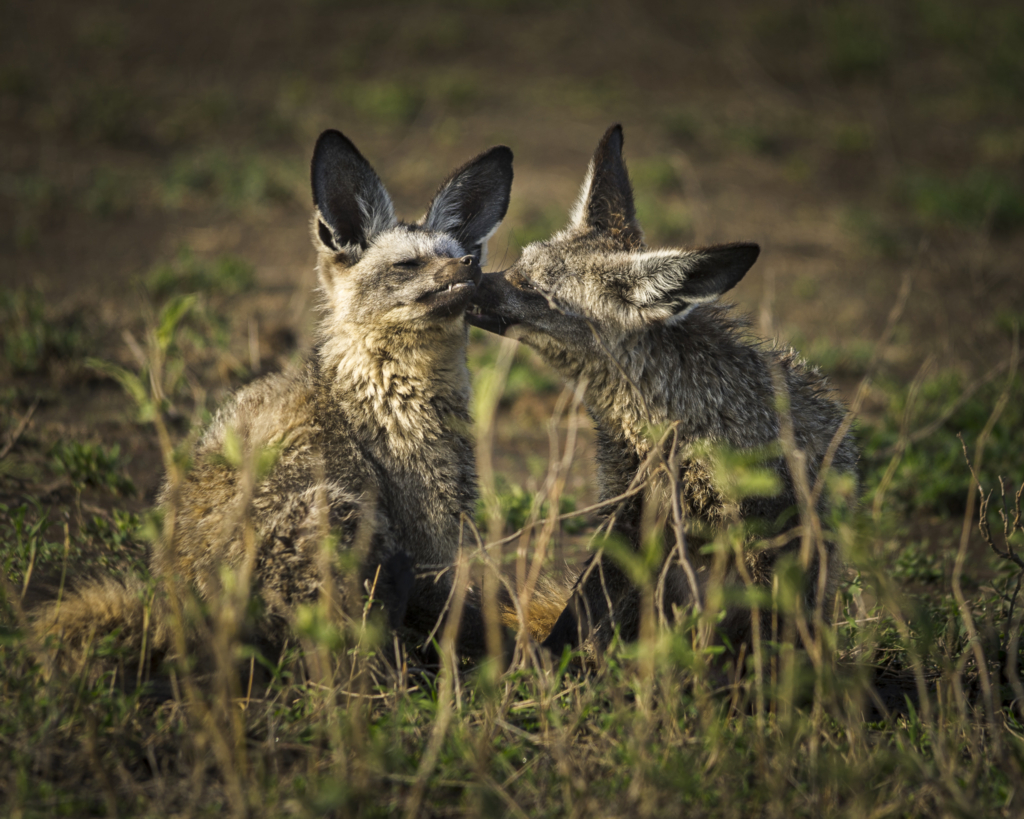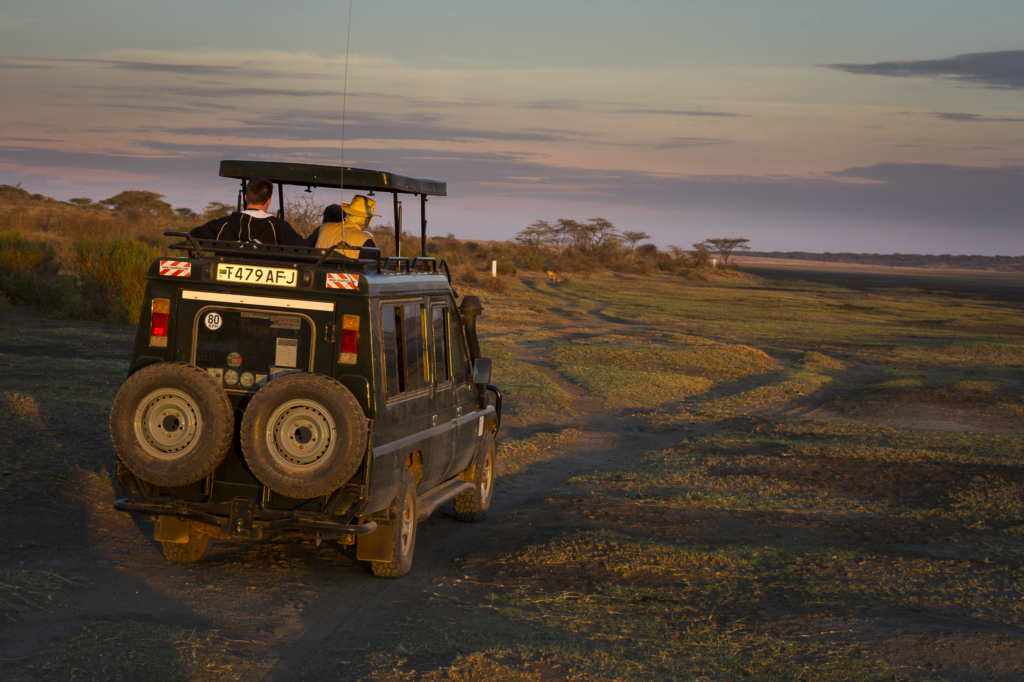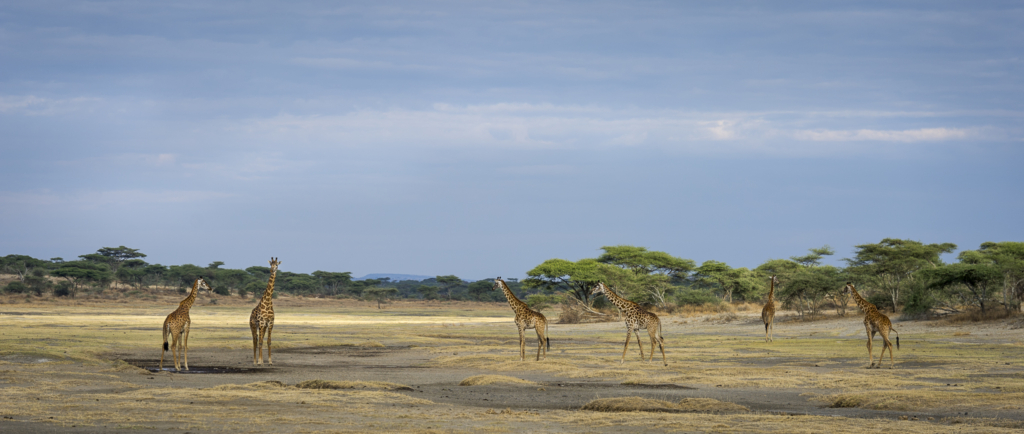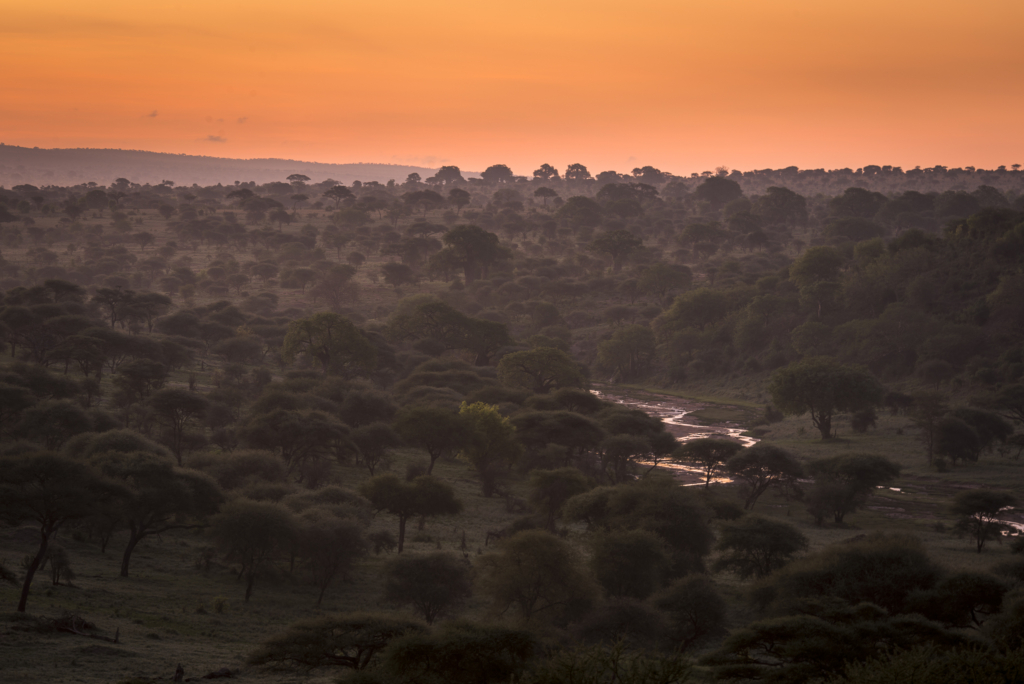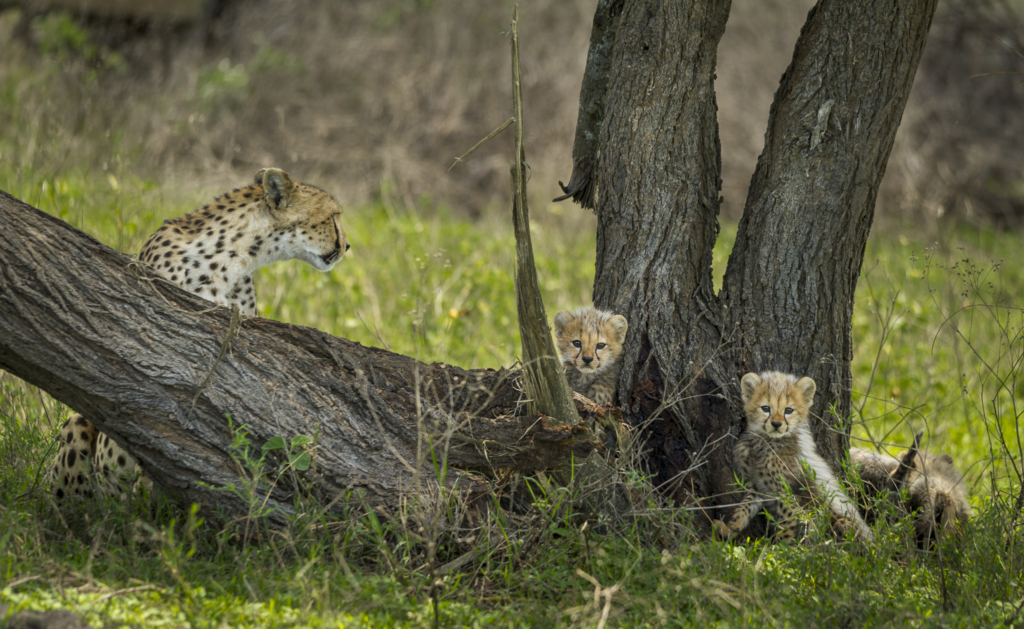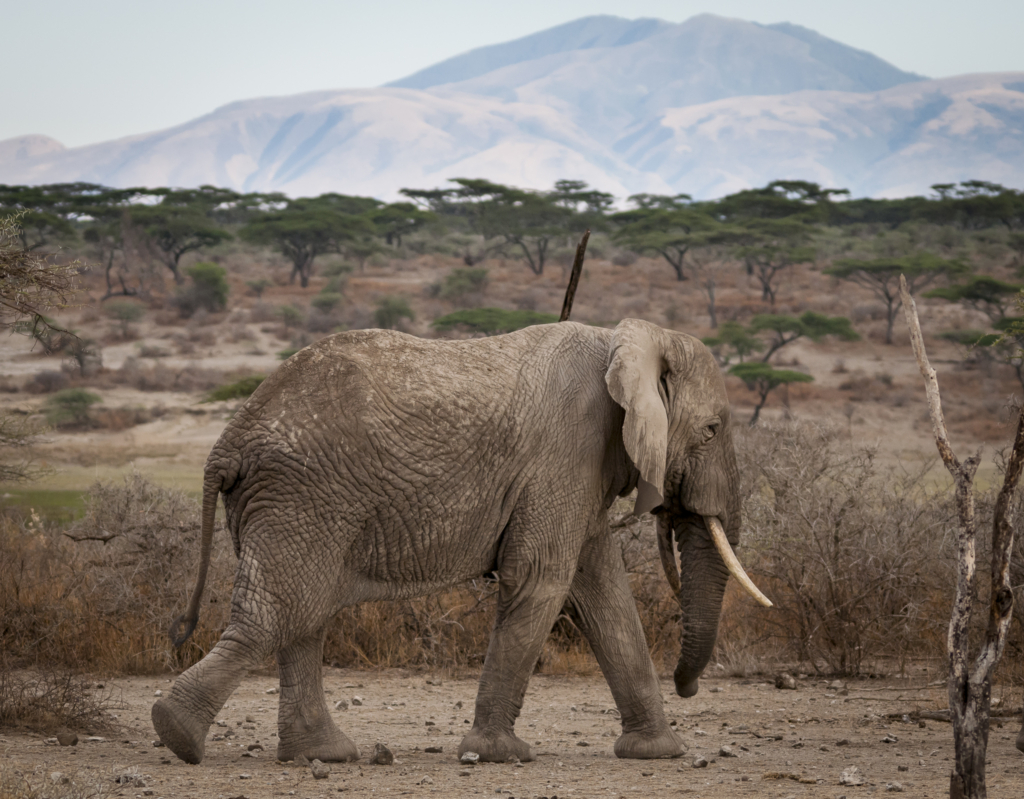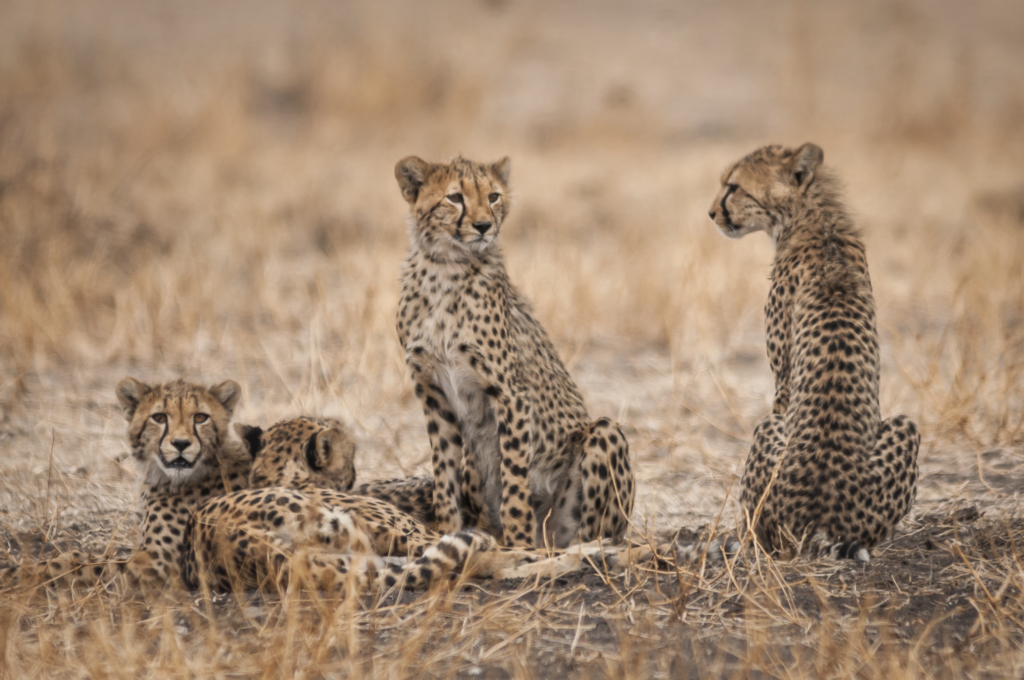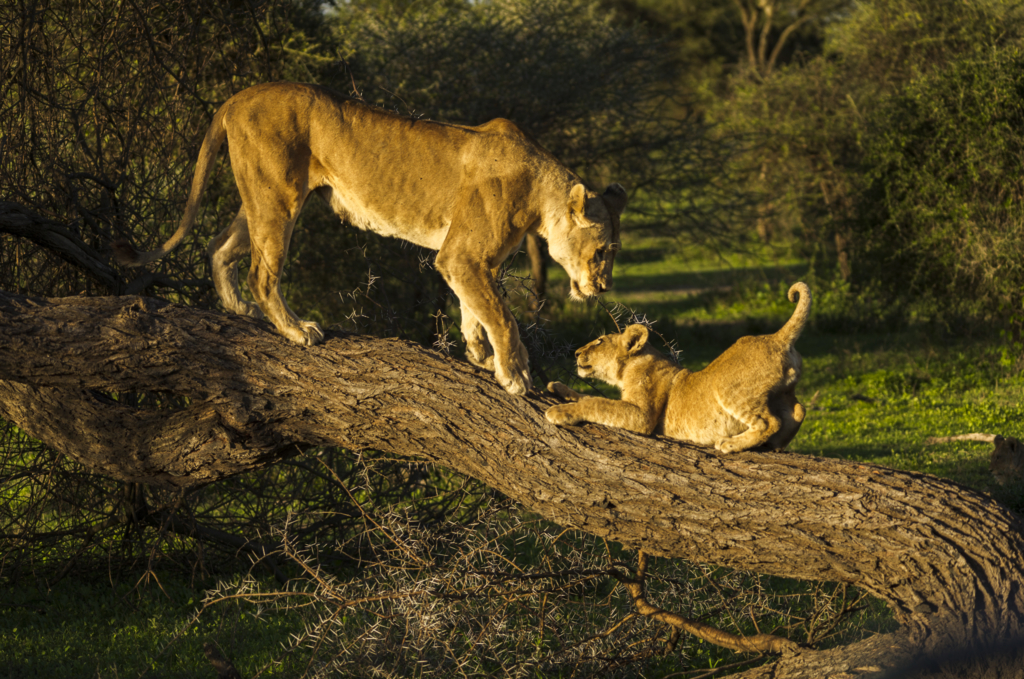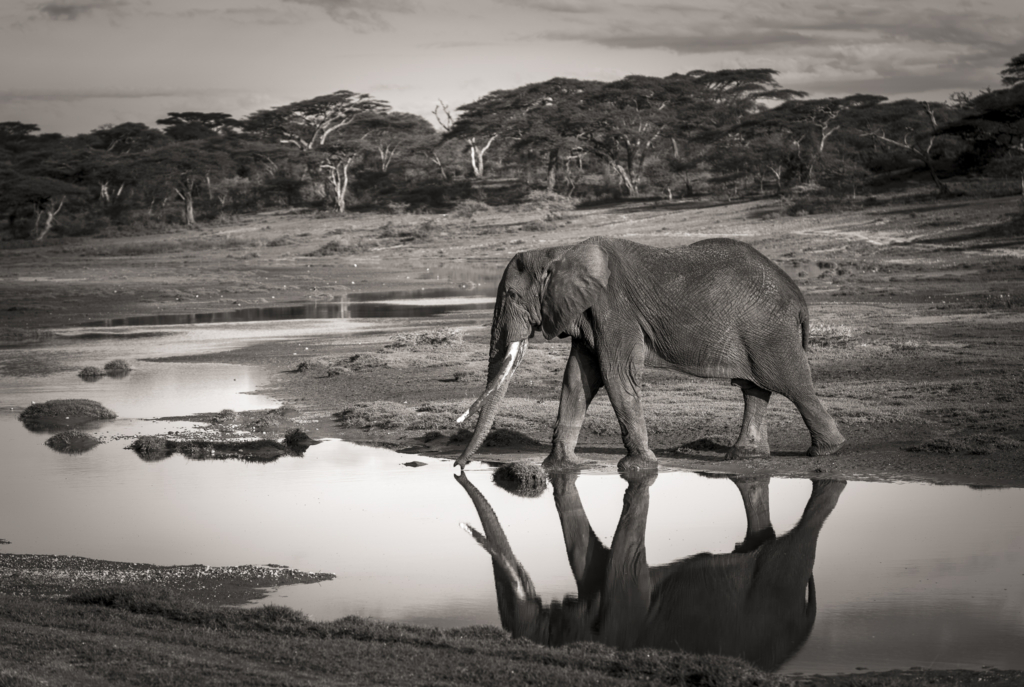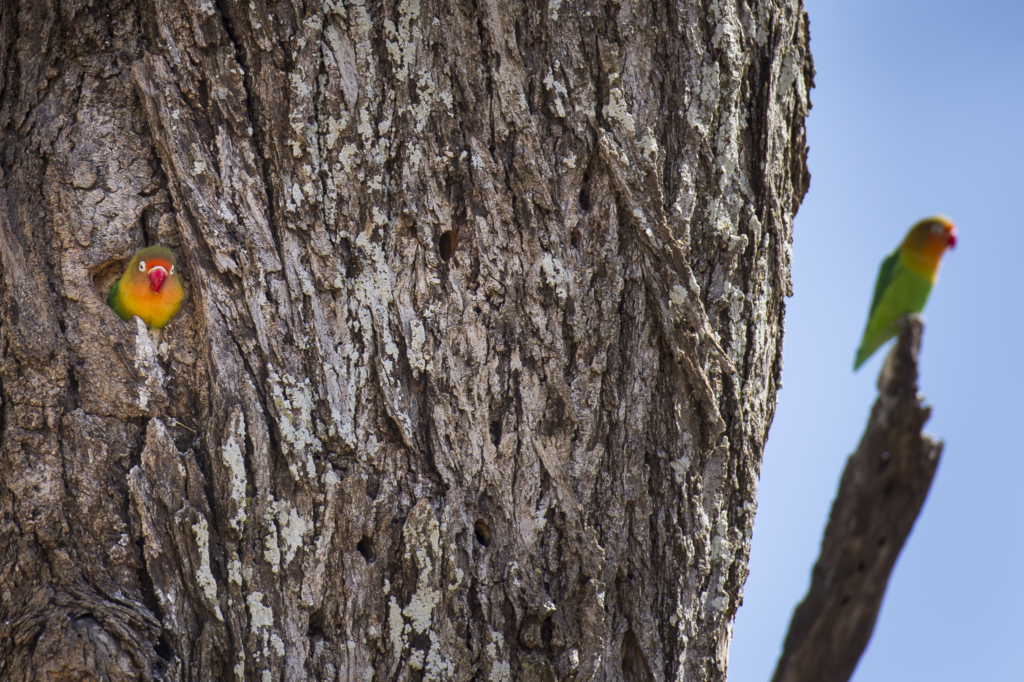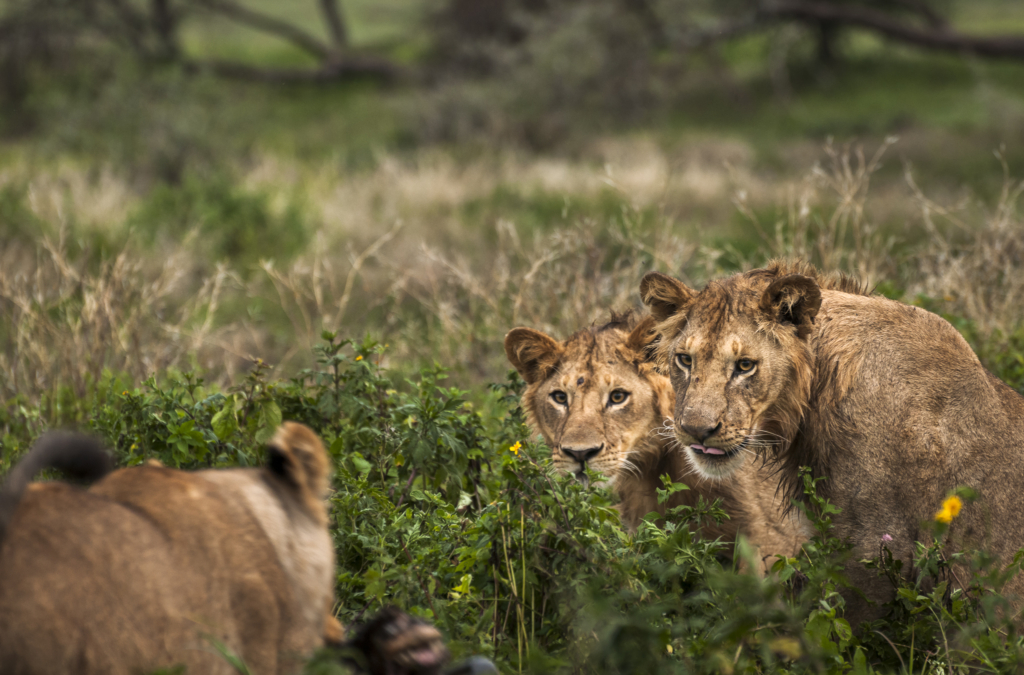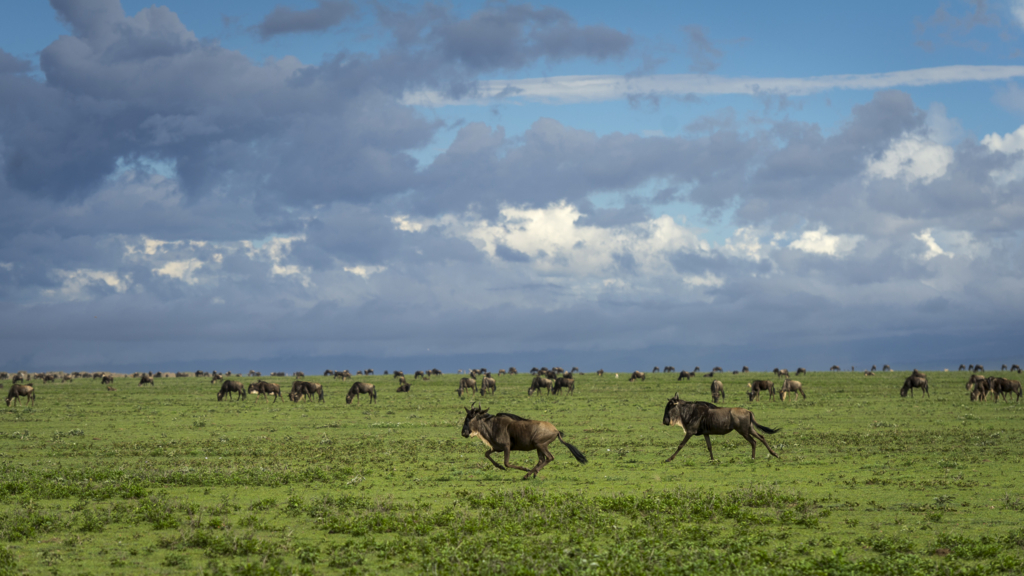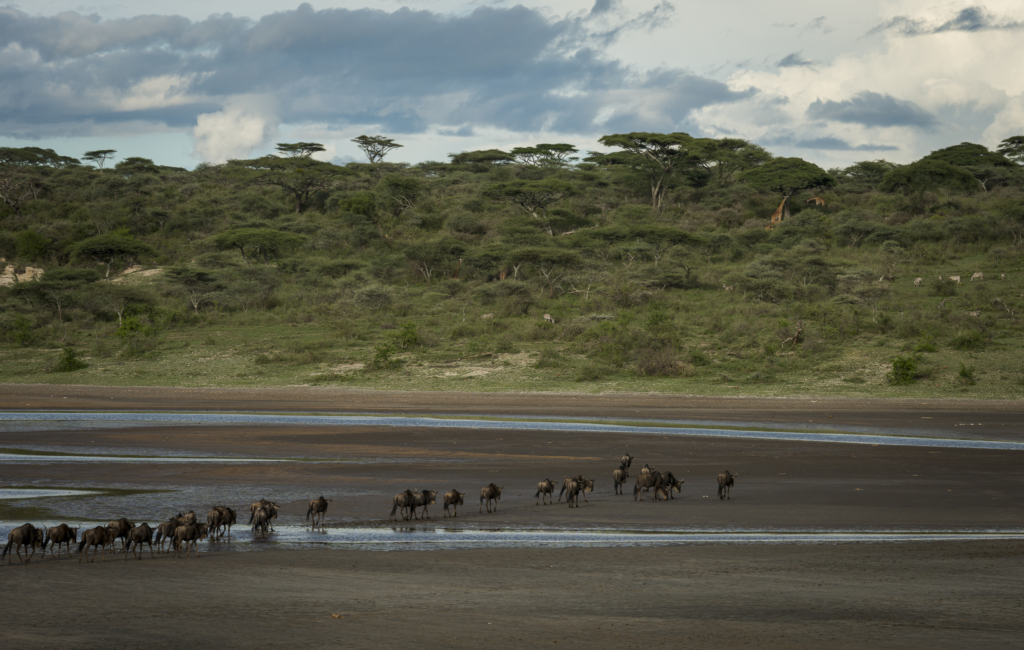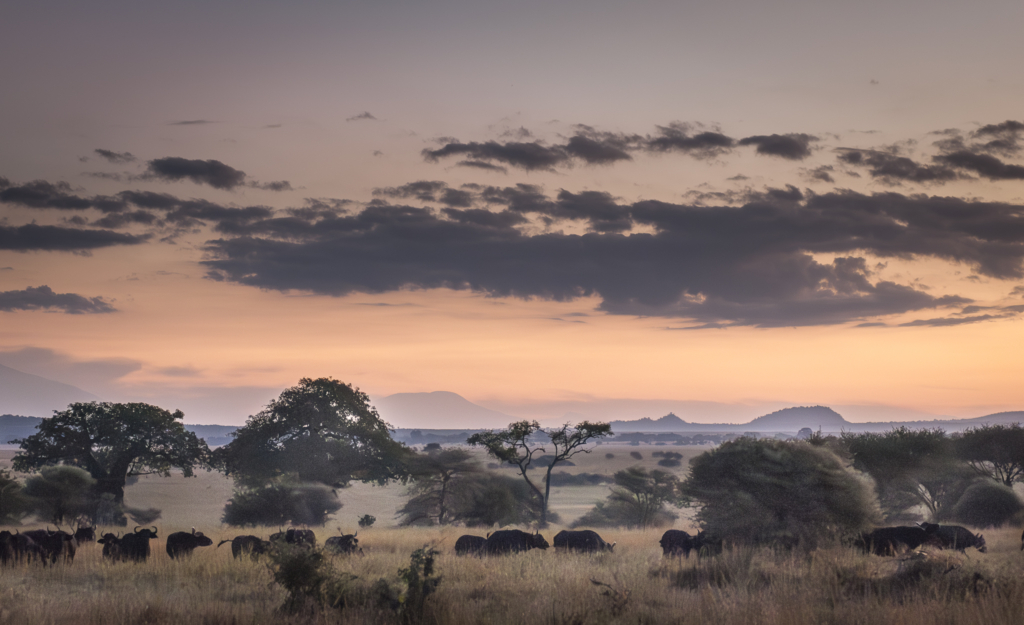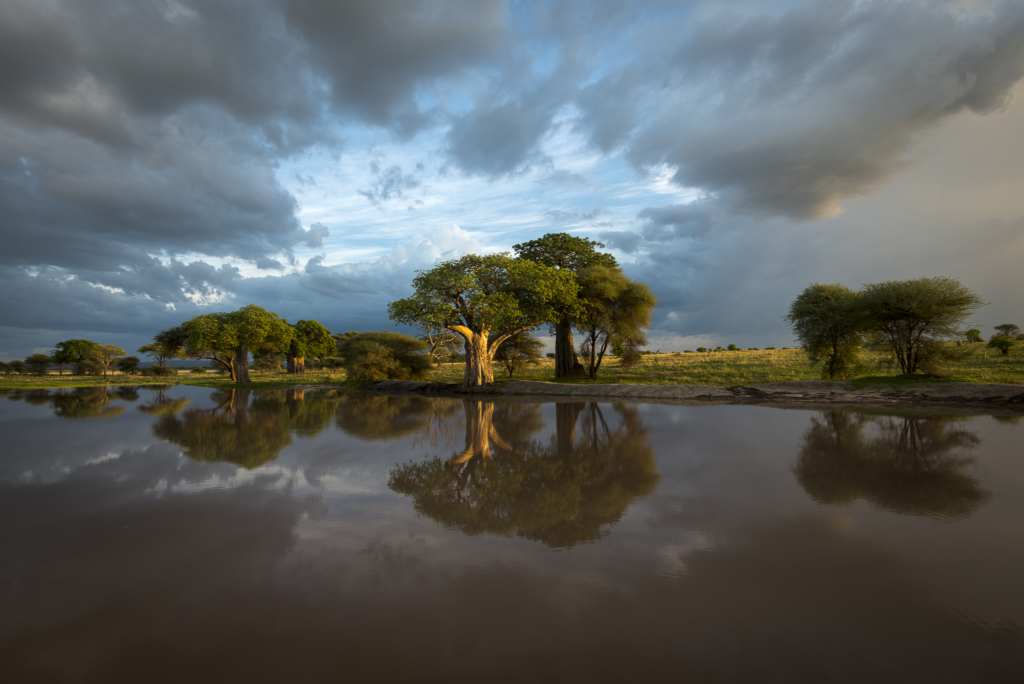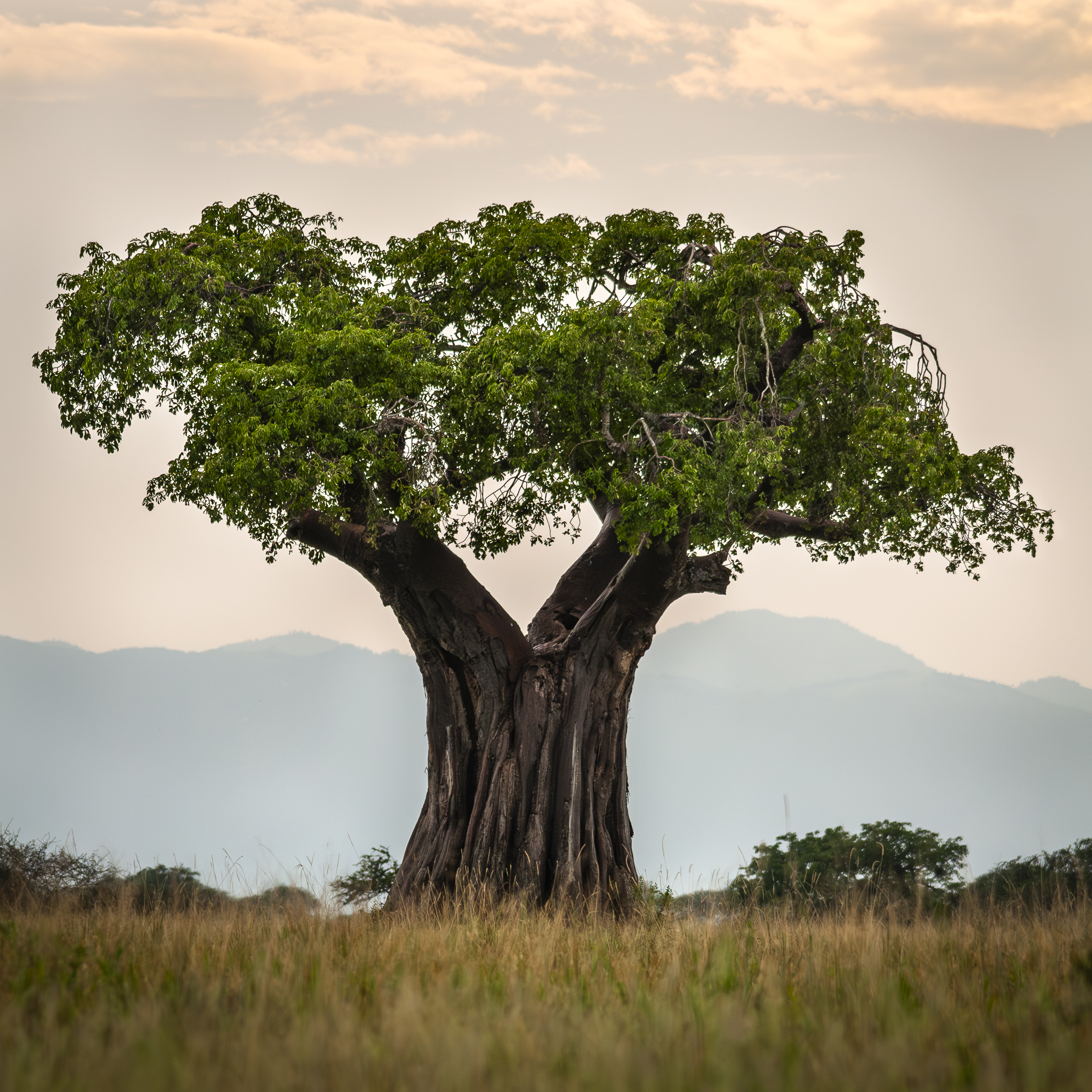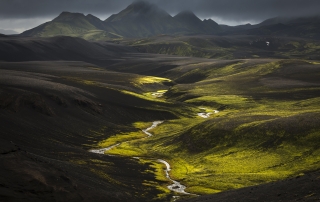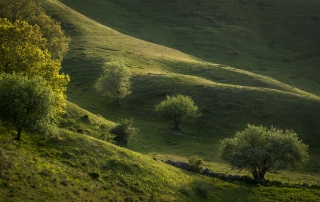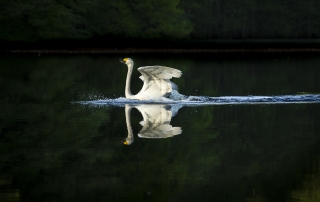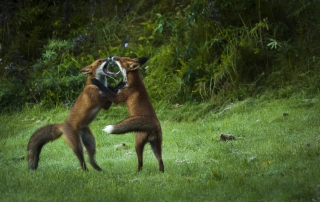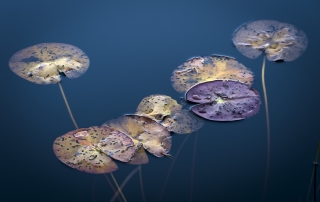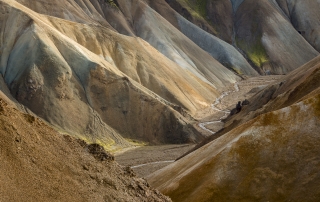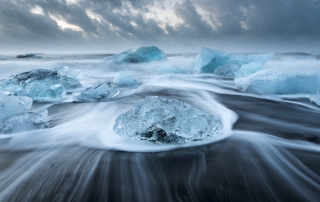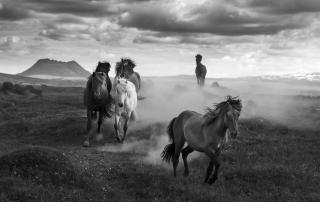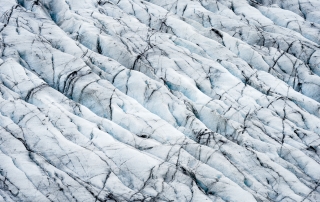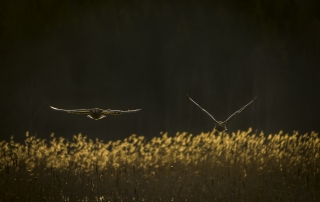Some highlights
- 6 days in Ndutu, the area of the Ngorongoro Coservation Area where millions of wildebeest gather to give birth to their calves in February – March every year
- 2 days in Tarangire National Park, known for its fantastic ancient Baobab trees and large herds of elephants
- Small group, MAX 8 PARTICIPANTS ONLY, means there is plenty of time for individual guidance so you can get the most out of your photography
- Guiding and photographic supervision by Frida Hermansson who has been to Tarangire and Ndutu many times to photograph
- In Ndutu will we focus on what happens around the wildebeest and their calving, this attracts many predators, but of course we will not forget everything else that Ndutu has to offer
- The big cats – lion, leopard and cheetah are abundant in the area
- We have off road permit in Ndutu
- In Tarangire National Park, we have a little more focus on elephants and being able to photograph them in the beautiful landscape
- Maximum four photographers in each safari vehicle
- Our photographic leader provides photographic advice and tips during game drives so that you can be more successful with your images
- During the tour, will we have photographic workshops where we talk about different photo techniques and prepare for different photo situations
- Full board is included during the entire tour and we have of course been there before and photographed
The sun is setting over the valley and the sky is colored red and orange. The veils of fog makes the landscape three-dimensional and the silhouettes of the acacia trees are suddenly highlighted more and more clearly. The river runs like a silvery ribbon through the valley and thousands of wildebeests, zebras and Thomson’s gazelles wander along it. We are in the middle of one of nature’s unique spectacles – the great migration – when 2 million wildebeest and hundreds of thousands of zebras and Thomson’s gazelles follows the rain in search of food.
TARANGIRE NATIONAL PARK
We start this photo tour in beautiful Tarangire National Park, famous for its many baobab trees and large elephant population. Of course there´s are also plenty of the savannahs other animals, such as the big cats, lions, leopards and cheetahs, gazelles and antelopes and a very rich birdlife. Tarangire National Park is the heart of a vast ecosystem that spans an area much larger than the national park. The national park protects large areas of savanna, but also for the animals crucial areas with waterholes, rivers (especially the great Tarangire River) and wetlands. Here will we stay in the middle of the park with a view of the river where the animals often comes down to drink, and sometimes animals are just outside the tent canvas. Maybe we fall asleep to the sound of roaring lions.
NDUTU
Our tour continues to Ndutu where we spend most of our days. Ndutu forms the north-western part of the Ngorongoro Conservation Area, an area of just over 8,000 km² and includes the spectacular Ngorongoro Crater, Olduvai Gorge, forests, mountains and the vast plains of Ndutu that merge into the Serengeti National Park. From December to April, depending on the rain, the Ndutu plains are home to huge herds of wildebeest, zebra and antelope. So this year when the grasslands are green and lush it is calving time for the grass eaters, every day thousands of calves are born from wildebeest, zebra and other antelope. With this enormous density of animals and especially the large amount of newborn calves, the activity of predators increases, the natural circle of life. It is an unforgettable experience to see this in place.
This is a great season to really enjoy the predators in Ndutu, this time of the year is also considered by our local guides to be the best time to visit the area. Not only are there many cats here, but they are also very active due to the large number of grazing animals and their calves that make up “easy” prey. In addition to lions, leopards, cheetahs, there are also great chances of seeing servals and, with a large portion of luck, wildcats and caracals. The predators that live here are territorial and once they have had their young, they stay in Ndutu and often in the local wetland areas, which remain wet all year round, as these are an important source of fresh water and also attract herbivores during the drier months of the year. There is a chance to see all three species of jackal including the rarely seen side-striped jackal and in the late afternoons with a bit of luck striped hyenas can be glimpsed on the lakeshore.
The Great Migration is one of the world’s great spectacles, over two million wildebeest, zebra, Thomson’s gazelle and eland follow the rain and migrate clockwise from Ngorongoro and the southern Serengeti to the northern Serengeti and Kenya and back each year. Much of the calving takes place when they reach the Ndutu area which is known for its short and nutritious grass which is a good place for wildebeest and zebra to give birth to their young.
There are also many other exciting animals in the area, bat-eared fox, jackals, hyenas, elephants, giraffes, impalas and a very rich bird life. Nor should we forget the enormously beautiful landscape of valleys, hills and a mixture of savannah and acacia-clad lands that transform into something out of a fairy tale when the mists roll in at sunrise.
In Ndutu we have the opportunity to drive off road and use knowledgeable local guides to have the best possible chances of getting close to the animals and getting good picture angles and backgrounds.
Itinerary
Day 1 (14/2) (Lunch – Dinner)
Our tour begins early in the morning at Kilimanjaro Airport. We will go to Tarangire National Park, about 3-4 hours journey, and our lodge. In the afternoon will we go on our first game drive.
Day 2 (15/2) (Breakfast – Lunch – Dinner)
The day is spent in Tarangire National Park and we do game drives in the morning and afternoon.
Day 3 (16/2) (Breakfast – Lunch – Dinner)
Game drive in Tarangire National Park in the morning and then departure for Ndutu, approx. 4-5 hours journey. After we arrive and check in, we go on our first game drive in Ndutu.
Day 4 – 7 (17/2 – 20/2) (Breakfast – Lunch – Dinner)
These days will we spend in Ndutu. We have game drives morning and afternoon. We choose to spend a lot of time in the Ndutu area as we have permission to drive off-road there. This means that we get better conditions for our photography when we can choose angles and distances to the animals.
Day 8 (21/2) (Breakfast – Lunch)
We will do one last game drive in the morning and then we travel to Arusha and Kilimanjaro airport.
Photographic leader
Frida Hermansson
Lives in Roslagen, Sweden. Frida has had a fascination and love for animals and nature since childhood. She also works as an AD and graphic designer and that has shaped her image creation.
In her photography, she is curious and constantly strives for new ways to portray her subjects, whether it is animals, landscapes or graphic details.
Frida has had several photo shows and exhibitions and also participated in SVT’s Mitt i Naturen, “The art of photographing nature”.
Frida’s pictures are published in Fotosidan Magasin, in articles and reports on Natursidan.se, the book “Experiences in Stockholm’s Nature”, and local press.
As a photographic guide on trips and workshops, Frida is passionate about sharing knowledge and inspiration, and the goal is always for the participants to come home with new knowledge, memorable experiences and really good pictures.
Website: www.fridahermansson.com
